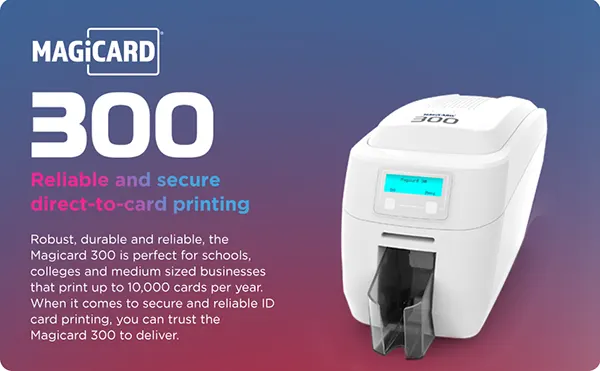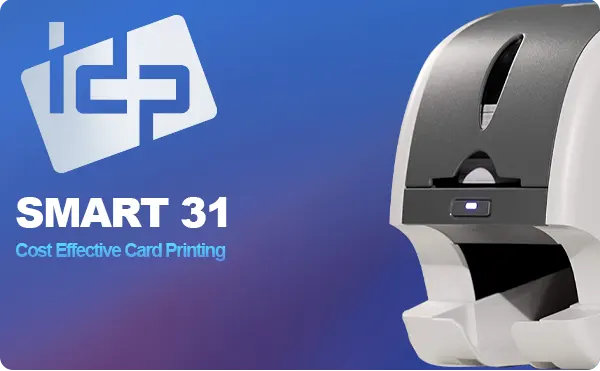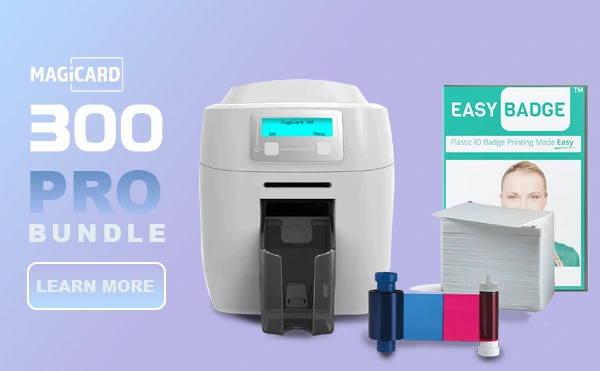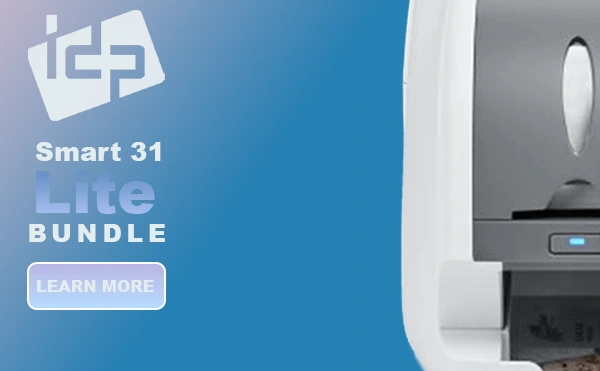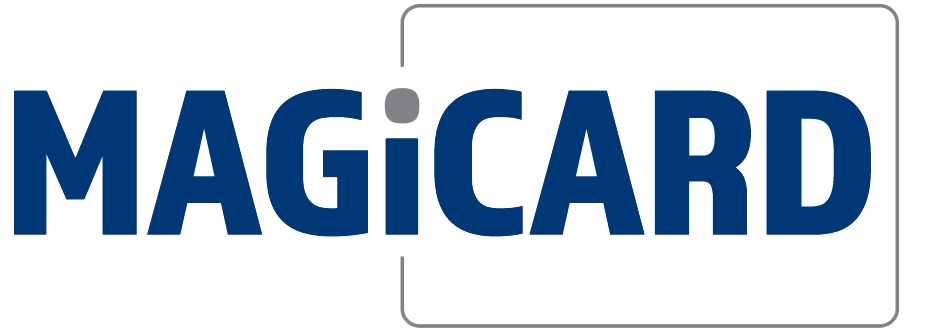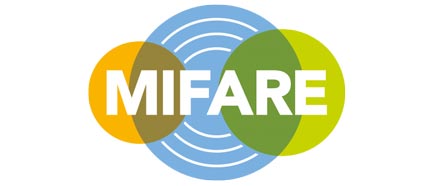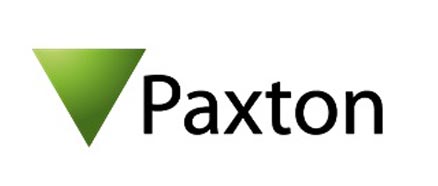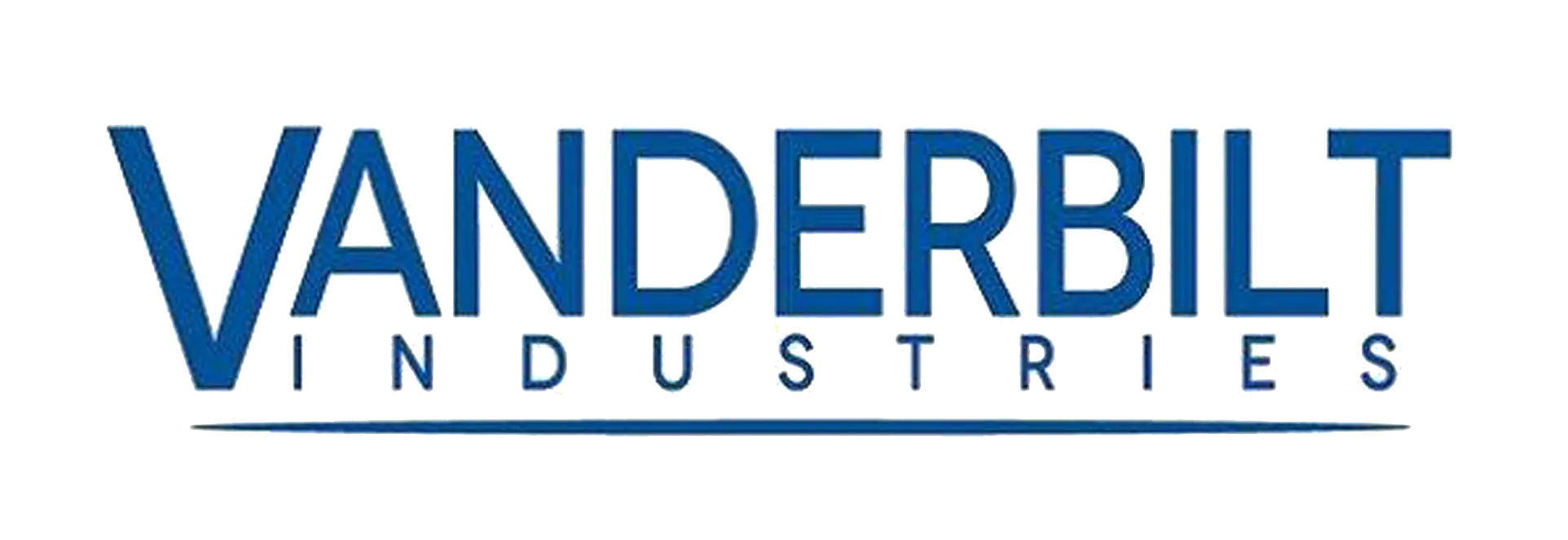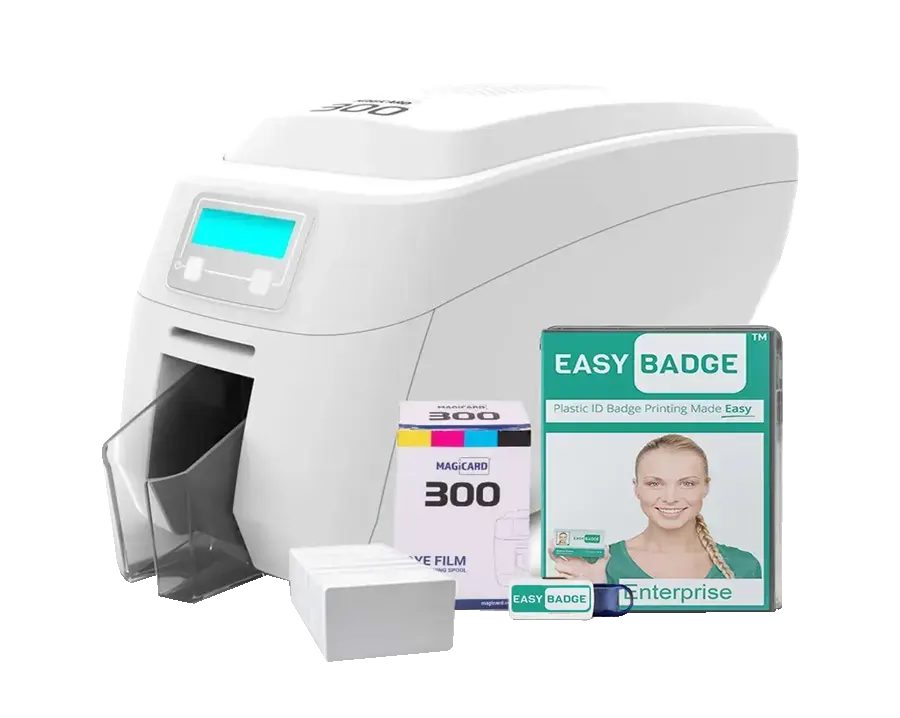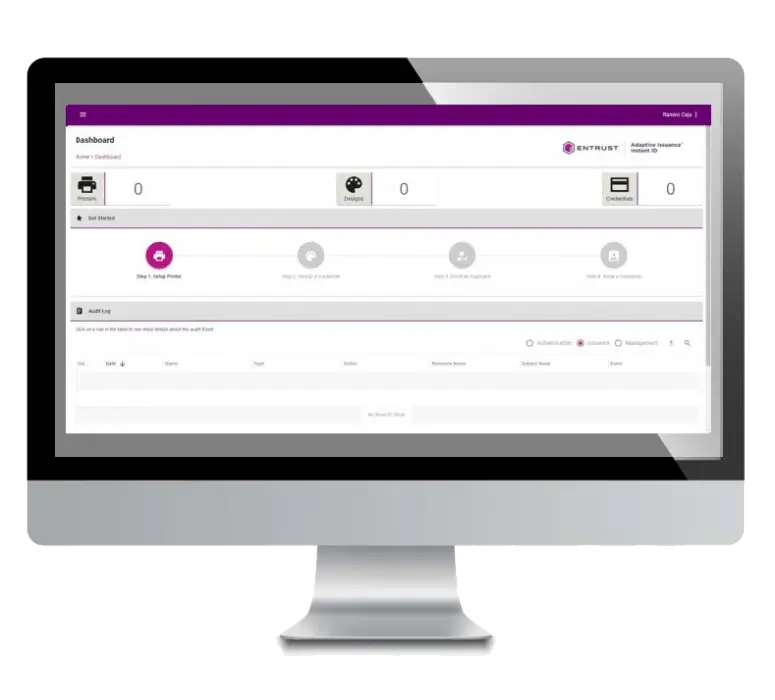Card Printers
A Simple Guide To ID Card Printing
A Simple Guide To Printing ID Cards
Card printing can be quite a complex process if you are unfamiliar with the basics of the procedure. Especially with the surge in popularity of smart cards, advances in printing technology and card applications. card printing has become ever more complex.
Today, we’re going to talk about the various aspects of card printing such as the various technologies, cards, print methods and finishes.
The Technologies Behind Card Printing
The fundamentals of all card printing are essentially the same: colour is applied to the plastic card through thermal transfer (heat transfer). However, the methods used can vary resulting in various finishes.
The most cost-effective method is direct to card printing, this is typically he the cheapest method and can be done in-house with an ordinary desktop card printing.
Retransfer printing, results in a much better finish but is considerably more expensive than direct to card.
For the very best finishes, digital printing is used which requires specialised industrial equipment such as used by ourselves.
Buying a card printer
There is a huge range of card printers on the market, each suitable for a particular type of card printing. It’s a good idea to familiarise yourself with the basics of card printers. Entry level models typically tend to be single-sided machines capable of printing up to 1000 cards per-year.
If you have higher demands, then you may want to consider a dual-sided mid-level printer. These printers typically will contain an internal flipper allowing the machine to print on both sides of the cards. These printers typically have larger input and output hoppers reducing the manual labour required.
Most printer manufacturers offer various options for encoding plastic cards. Some machines must be purchased with an encoder built in while some can be upgraded post-purchase with an encoder. It’s a good idea to think about your future needs regarding encoding or dual-sided printing when buying a printer.
Do I need any experience prior to printing cards myself?
Typically, no, most desktop printers are quite intuitive with comprehensive instructions and easily understood display and control panels. Of course, if you do run into trouble, the printer manual has a resolution for most common problems and failing that, the supplier is usually happy to help.
As printers increase in complexity regarding functionality, the harder they become to use with some requiring specialised software.
Card Types and Finishes
CR80 (credit card size) PVC cards are the most commonly used in card printing. Some specialised printers can print card of different shapes and sizes. But most desktop printers are limited to printing standard CR80 cards.
Most commercial printers can print oversized cards, cards made from different materials and can used specialised finished such as Metallic, Matte or fluorescent.
In conclusion
Though it has never been easier to print cards yourself, it is not always advisable to do so. You will never get the quality that a commercial printer can provide. That said, quality is not always of great importance and a desktop printer can be the perfect solution for small business, clubs and organisations. Ultimately, the choice is yours.
For more information on card printers you can check out our printer range: https://cardlogic.ie/plastic-card-printers/plastic-card-printers/
To find out more about our bespoke printing service please visit https://cardlogic.ie/printed-plastic-cards/



